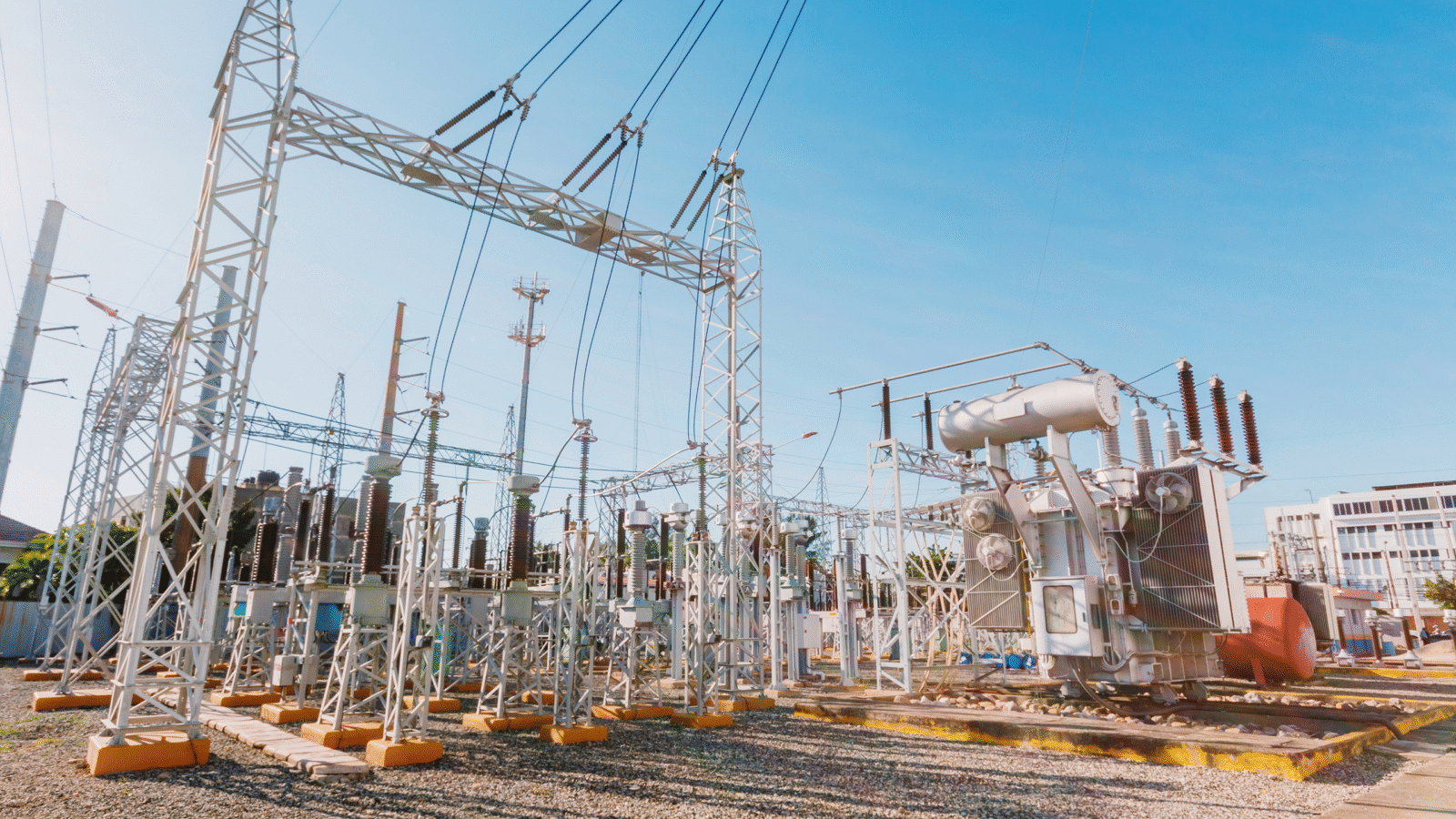IT Budgets Are on the Rise. Here’s How to Cut Back
Enterprises are reeling from the growing cost of infrastructure and cloud.

Sign up to get cutting-edge insights and deep dives into innovation and technology trends impacting CIOs and IT leaders.
Tech is expensive. Enterprises are trying to figure out how to keep up.
A Gartner survey released in January forecasts worldwide IT budgets to grow nearly 10% this year, topping $5.6 trillion, up from $5.1 trillion in 2024. The report projects data center systems and software will see the biggest increases, at 23% and 14% respectively. Though the cost of AI itself is coming down, a lot of excess spending is the result of companies navigating their cloud and infrastructure needs, said Bruce Kornfeld, chief marketing and product officer at StorMagic.
Managing budgets is difficult when there are “a hundred different ways to design your IT infrastructure,” said Kornfeld. But figuring out what capacity your business needs for cloud versus on-premise data storage is all about balance. “There are good use cases for cloud to run applications and store data, but when it comes to on-site, there is a need for it.”
The question enterprises need to answer is where exactly those needs are, he said. While a lot of processing can happen in the cloud, finding a balance that satisfies both budget and processing needs is key, said Kornfeld. “You can’t wait for analytics in the cloud,” he said.
“The economy moves fast. The world moves fast, and real-time decision making and data processing and applications many times need to be run on site,” said Kornfeld.
Investing in and building strong on-premise infrastructure creates another costly expense, said Kornfeld, especially as AI demand and adoption continue to trend upward.
- According to Gartner, spending on AI-optimized servers is projected to double that of traditional servers in 2025 at more than $200 billion dollars.
- “There’s a business need for many of these enterprises to start to build their own AI infrastructure on site,” he said. “(Businesses) need more processing power. They need GPUs … that is also driving the need for more budget.”
But in a market flooded with AI products, it can be hard to decipher what’s actually worth the cost. The question to ask isn’t how to fit AI into your enterprise, but where it’ll actually make a difference, he said.
“Throwing (money at) big, expensive, high-performance servers and GPUs and then saying, ‘let me go find my AI partner,’ that’s not going to work, and that’s going to be a waste of money,” said Kornfeld. “Start with the business problem … then see what technology flows from it.”











